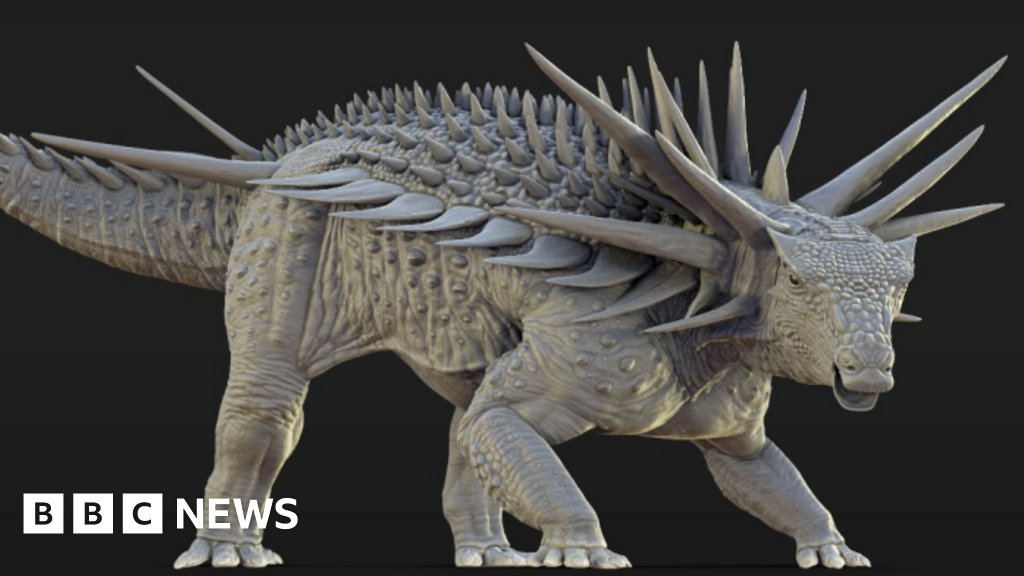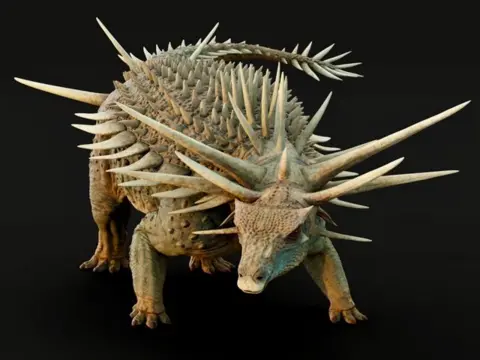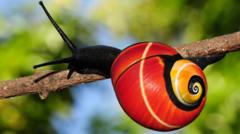Naked mole rats are a peculiar species of subterranean rodents, often described as looking like sausages with teeth. Their remarkable lifespan—up to 40 years—positions them as one of the longest-lived rodents in the world. A recent study has unveiled a genetic secret that may explain their longevity.
Conducted by researchers at Tonji University in Shanghai, the study published in Science focused on DNA repair mechanisms integral to their survival. Naked mole rats exhibit a unique ability to resist a variety of age-related diseases, including cancer and neurodegenerative conditions. The researchers targeted a specific protein, c-GAS, involved in the DNA damage-response system.
While in humans this protein hampers DNA repair and potentially leads to cancer, in naked mole rats, it facilitates the mending of damaged DNA strands, thus preserving their genetic integrity. Professor Gabriel Balmus from the University of Cambridge describes this finding as the tip of the iceberg in understanding mole rat longevity.
As scientists explore the evolutionary adaptations of these rodents, questions arise about how evolution has reprogrammed fundamental biological processes. The implications of this research could be life-changing, potentially leading to therapies aimed at reversing aging and improving health in humans.
Professor Balmus encapsulates the excitement surrounding these discoveries, stating, If we could reverse-engineer the naked mole-rat's biology, we might bring some much-needed therapies for an ageing society. As further studies are conducted, the naked mole rat continues to offer new avenues for health advancements and insights into the aging process.















